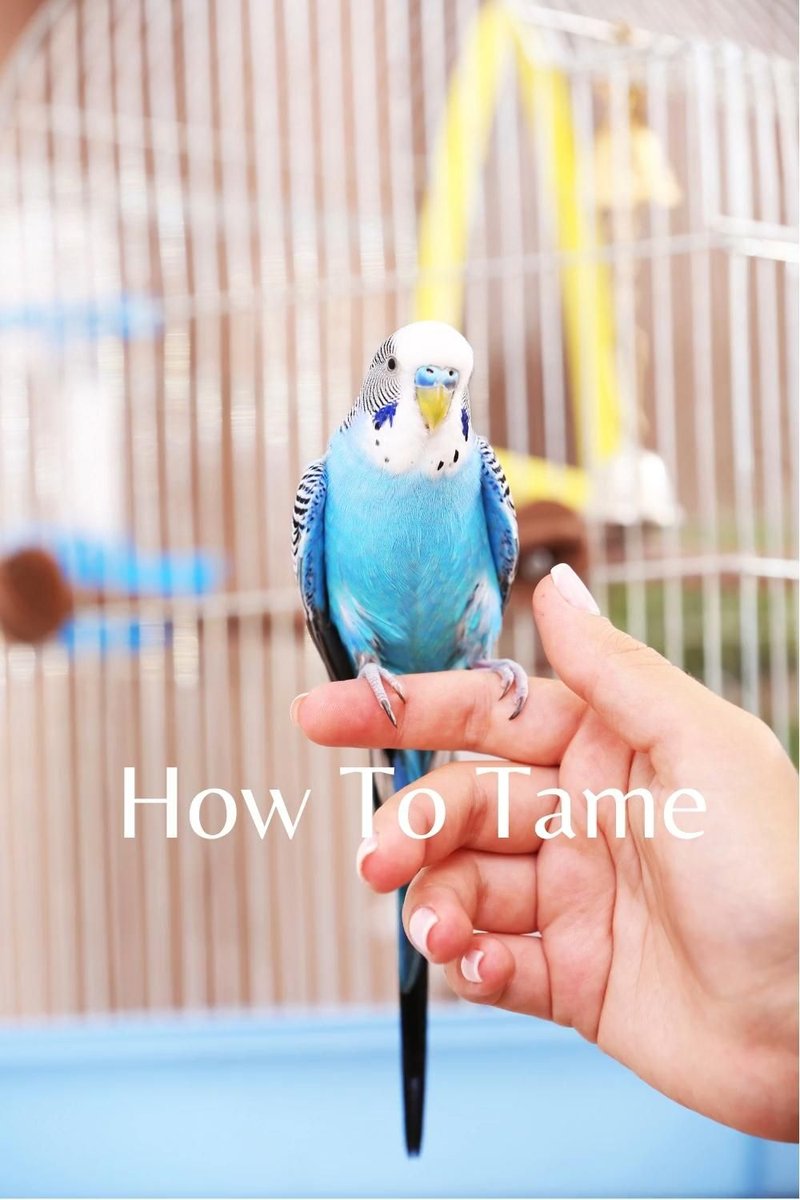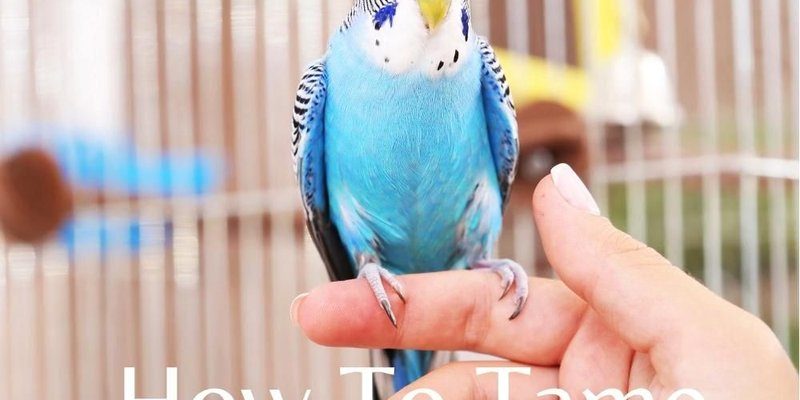
Think of your budgie as someone new in town. At first, they’re shy, maybe a little nervous about their new environment. But over time, with the right approach, they’ll start to warm up to you. In this guide, we’ll walk through the steps on how to tame a budgie, making the process smooth and enjoyable for both of you. Grab your favorite drink, and let’s dive in!
Understanding Your Budgie’s Behavior
Before you can bond with your budgie, it’s important to understand their natural behavior. Budgies are social creatures. In the wild, they live in flocks, and they thrive on interaction. If your budgie seems a bit aloof or frightened, don’t take it personally. They’re just adjusting to their new home!
Signs of Comfort and Stress
Recognizing signs of comfort can help you gauge how your budgie is feeling. When they’re relaxed, you might notice them preening their feathers or hopping around their cage with curiosity. Conversely, if they fluff up their feathers or back away quickly when you approach, they might be feeling stressed.
To help your budgie feel safe, create a calm environment. Keep the noise level down and avoid sudden movements. Remember, patience is key! The more secure they feel, the quicker they’ll come around.
Creating a Bonding Environment
Now that you understand your budgie’s behavior, let’s talk about setting up a welcoming space for bonding. Your budgie’s cage should be a cozy haven—think of it as their personal little apartment.
Cage Setup
Make sure the cage is spacious enough for your budgie to spread its wings and move around freely. Include perches of varying heights and textures so they can climb and feel comfortable. Add toys to stimulate their mind.
Here are some essentials to consider for the best budgie cage setup:
- Branches or natural wood perches
- Safe chew toys made of untreated wood
- Food and water dishes that are easy to access
Having a positive environment will help your budgie feel secure, setting the stage for a better bond.
Approaching Your Budgie
Once your budgie feels at home, it’s time to start building trust through your interactions. Remember, this process is gradual. Try not to rush things; patience is your best friend here.
First Interactions
Start by sitting near the cage, speaking softly. This allows your budgie to get used to your voice and appearance. Avoid putting your hand inside the cage just yet. Instead, allow them to come to you. You might be surprised how quickly their curiosity kicks in!
After a few days of just hanging out nearby, you can try gently offering them a treat, like a small piece of millet. Hold it just outside the cage and wait for your budgie to approach. It’s essential to make this experience positive and rewarding for them.
Using Treats to Build Trust
Treats are a fantastic way to win your budgie’s heart. Just like a friend might appreciate a delicious snack, your bird will love tasty treats!
Choosing the Right Treats
Opt for healthy, bird-safe treats. Millet spray is often a favorite among budgies, but you can also use fresh fruits and veggies in small amounts. Just make sure to introduce new foods slowly to avoid digestive issues.
When you offer treats, do it consistently. This consistency helps your budgie associate you with positive experiences. Be patient, and give them time to come to you for the goodies!
Step-by-Step Training Techniques
Once your budgie feels comfortable approaching you for treats, you can begin more structured training. Keep sessions short and fun to keep their attention.
Basic Commands
Start with simple commands such as “step up.” To do this, gently press your finger against their belly. When they step onto your finger, reward them with a treat and praise. Here are the basic steps:
1. Place your finger inside the cage without startling them.
2. Gently press at their belly or just under their feet.
3. Encourage them to step onto your finger by offering a treat.
You can also teach them to “step down” by encouraging them to step off your finger onto a perch or back into the cage.
Socialization Beyond the Cage
While cage interactions are vital, socializing outside the cage can deepen your bond. This step can be tricky, so let’s go through it carefully.
Out-of-Cage Time
Once your budgie is comfortable with you and responds to basic commands, you can introduce them to outside playtime. Choose a quiet, safe room where they won’t get hurt or frightened.
1. Open the cage door and let them decide when to come out. Don’t force it.
2. Encourage them to explore by using treats or toys.
3. Supervise closely to prevent accidents.
During this time, feel free to interact with them through play. You can introduce new toys or allow them to fly short distances to build their confidence.
Maintaining Your Bond
Taming and bonding with your budgie doesn’t stop once you’ve established trust. It’s important to keep nurturing the relationship over time.
Daily Interactions
Make it a routine to spend time with your budgie every day. Regular chatter, gentle training sessions, and occasional treats can keep your bond strong. This consistency will help them feel secure and loved.
Don’t forget to read their body language. If they seem tired or overwhelmed, give them some space. You’ll know the relationship is blooming when they start to seek you out for attention!
Common Challenges and Troubleshooting
Every journey has its bumps, and taming a budgie is no different. You might face challenges along the way.
Handling Setbacks
If your budgie becomes skittish or refuses to interact after making progress, don’t be discouraged. It could be due to changes in their environment or just a need for more time.
Here are some common challenges and tips to overcome them:
- Budgie is afraid of hands: Try using a perch to interact instead of your hand.
- They stop responding to treats: Change up the treats to rekindle their interest.
- They seem bored: Introduce new toys or change their cage layout for stimulation.
By understanding these challenges, you can adapt and keep the bonding process moving forward.
Taming a budgie is truly about building a connection—the kind that develops over time with patience, kindness, and love. As you work through these steps, remember to celebrate the small victories.
Every interaction is a building block in your friendship. Be patient, and enjoy the little moments that make this journey special. In no time, you’ll have a feathered friend who loves to hang out with you, share stories, and maybe even talk back!

